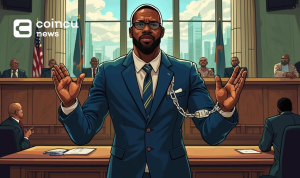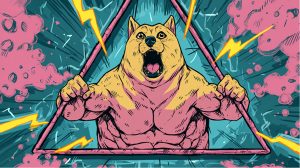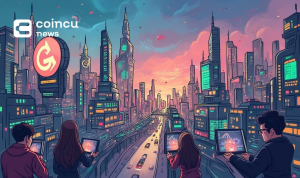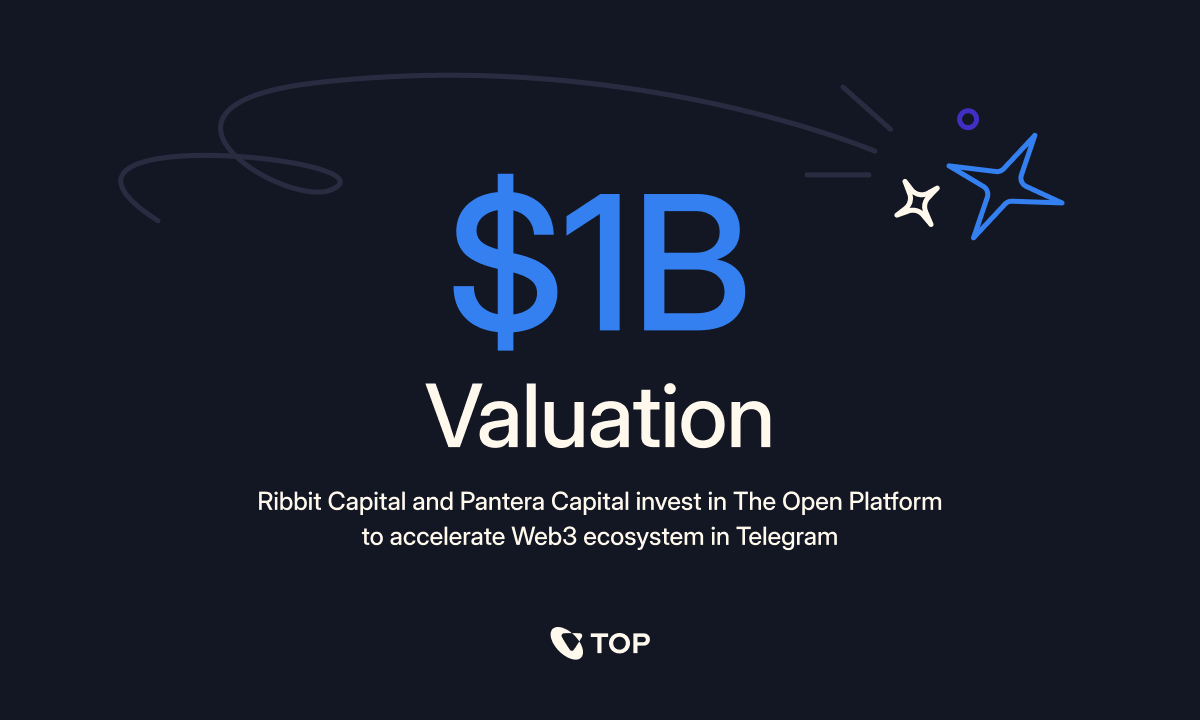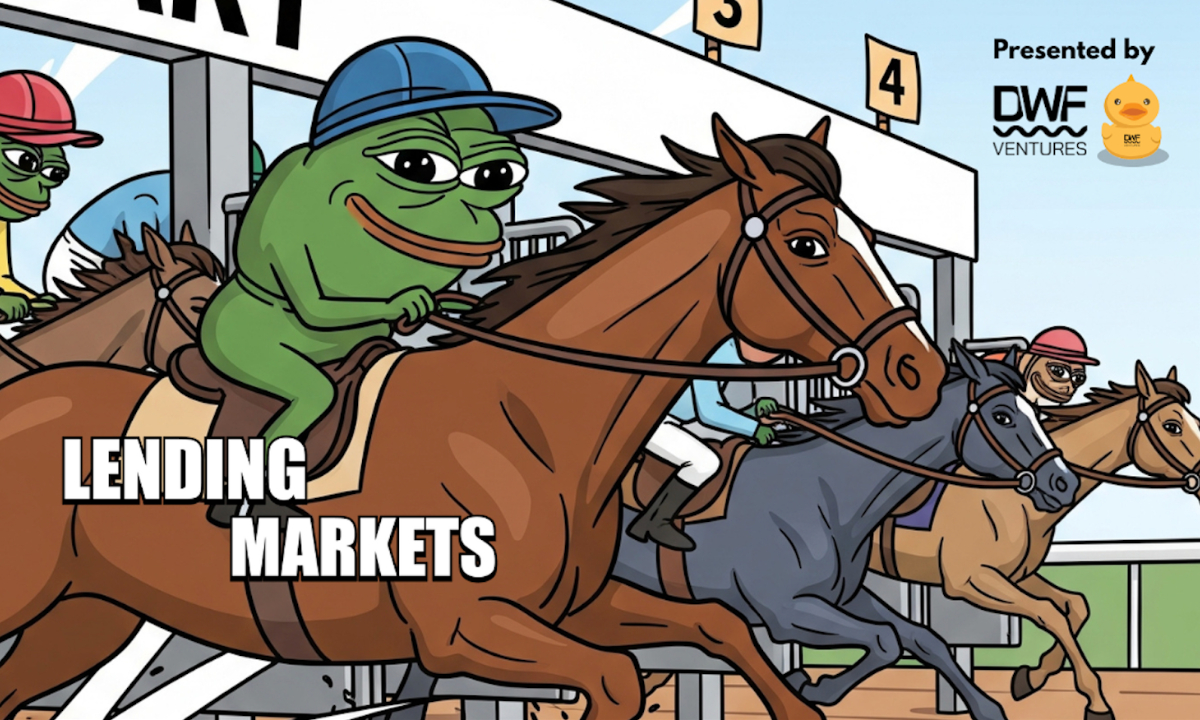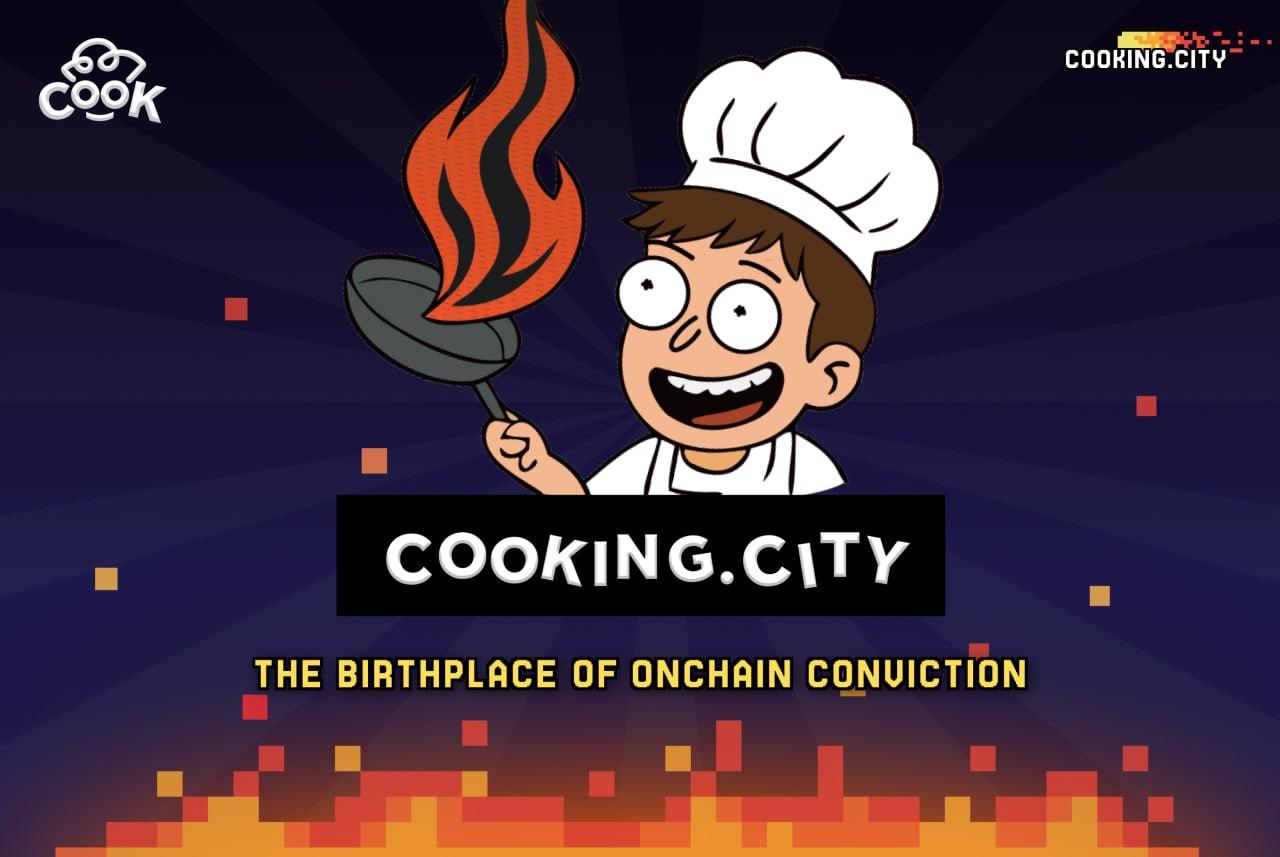What is Free-to-Own? Can it become a new Gamefi model in the years 2022
In this article, Coincu news will introduce everyone to Free-to-Own, the popular GameFi model that was launched with Limit Break’s huge $200 million fundraising in the middle of the downtrend.
The fact that a project called for the capital of 200 million USD is quite surprising at a time when the market is in a downtrend. However, this also proves the attractiveness of Web3 games and Metaverse with investment funds.
Free-to-Own GameFi Model
Free-to-Own is considered by the founder of Limit Break as a Web3 model possessing enough power to completely innovate the mechanism of monetization (game monetization) of in-game items.
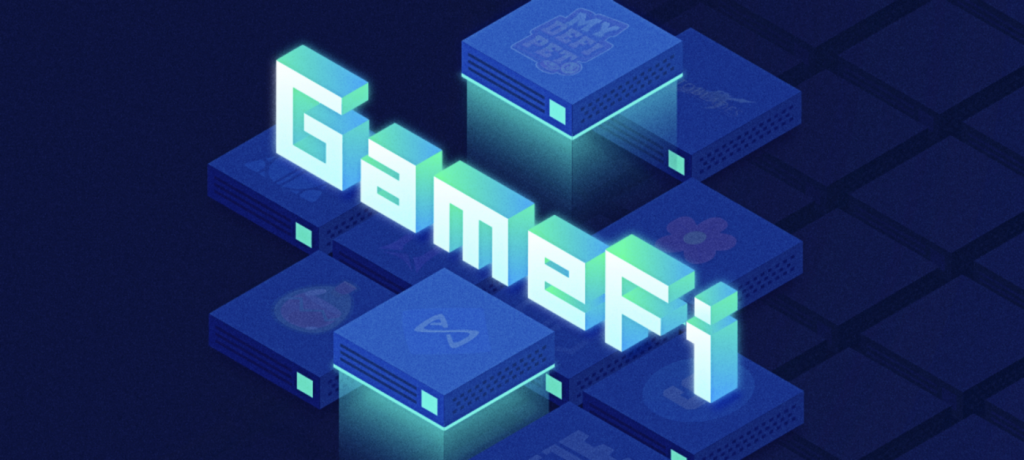
According to the founder of Limit Break, Gabriel Leydon, the new Free-to-Own model will possess the following aspects:
- The community is formed based on the completely free element
- Remove the motive for scam activities, scams from the project side
- NFTs received by the community, will be fully owned by the community
- NFT Factory allows creating and owning other NFTs
A community built from Free NFT
First, consider how the giveaway of NFT Free will create a community with what characteristics?
With his own experience in the Game industry, Gabriel Leydon has a new perspective on NFT in-game publishing.
Specifically, minting in-game NFT with a fixed (high) price will create motivation and investors’ psychology of wanting to take profits as soon as possible, to protect both capital and profit from the invested money as soon as possible. out.
The new Free-to-Own model will offer free and stealth mint collections similar to the DigiDaigaku project. Accordingly, the NFTs will be given a full giveaway, or not pegged at any fixed mint price.
From there, the owners of these NFTs will have more incentive to hold and support the gaming ecosystem for longer, when basically, they don’t need to spend a dime.
Besides, the fact that the NFTs are given a free giveaway means that there will be no position discrimination between players who receive the whitelist or participate in the pre-sale. As a result, preserving the motivation to hold long-term NFTs will be further promoted.
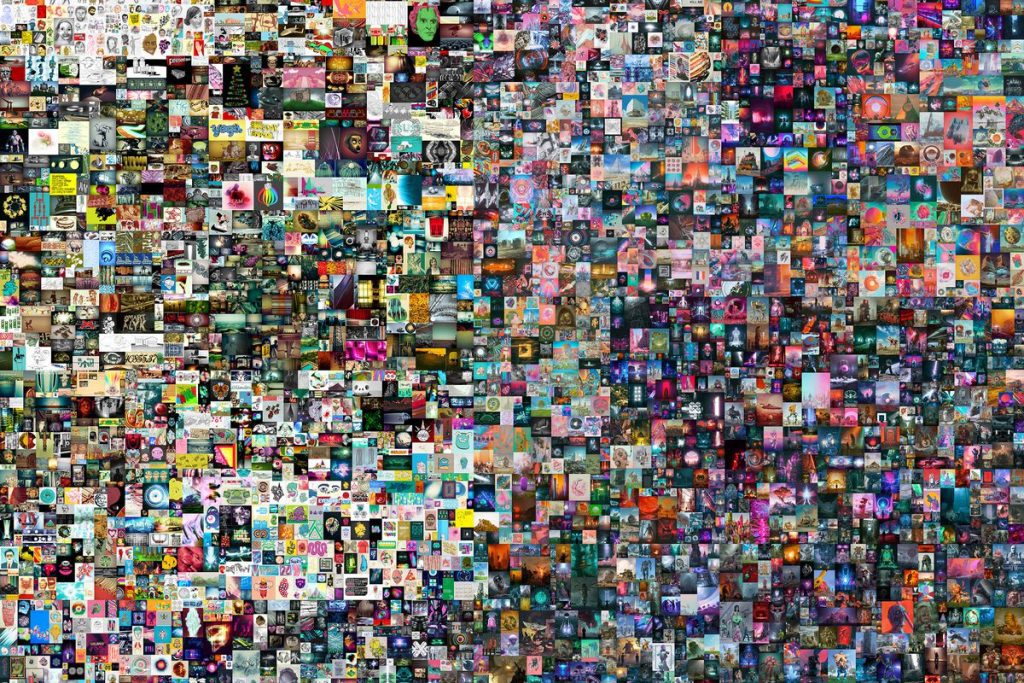
Remove the scam engine
For regular projects, companies will usually hold mints and sell NFTs before the blockchain game is officially launched.
After that, it is very easy for users to encounter projects that have abandoned all activities and run away with the proceeds from minting and selling NFTs.
Considering that the law in the crypto world is still an extremely vague, even nonexistent thing, it is something that scams projects and breaks promises to users after the successful launch of NFT. apparent!
Along with that, if you encounter a scam project, you have likely spent a large amount of money just to buy a worthless JPEG, Along with that, if you encounter a scam project, you have likely spent a large amount of money just to buy a worthless JPEG, nor does it hold any ecosystem utility.
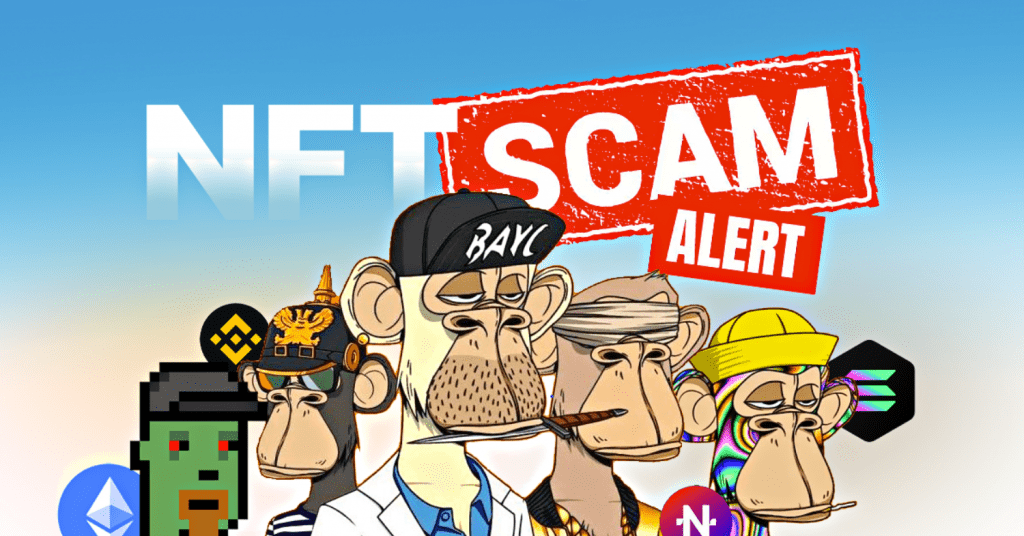
Different from the rest of the industry, Limit Break gives away the entire NFT to the community. This aspect of the Free-to-Own model ensures that users will not face any risk of loss when participating in the project.
Even if Limit Break fails to deliver the blockchain game title, it won’t affect the user’s assets.
On the other hand, the game publishing team is even more motivated to develop. Because of that, they can attract cash flow and profits from users.
Ownership factor
One of the most difficult problems for games built on blockchain is how to create a game that has a sustainable development mechanism.
According to Delphi Digital’s game economics researcher, Ryan Foo, the core problem comes from the fact that developers are trying to put an economic value on too many resources available in the game.
They do so and believe that to maintain and balance a game economy, the values assigned to these types of assets are eternal and immutable.
Accordingly, users will inevitably spend a certain amount of initial investment to have access to most of the outstanding features or to be able to make a profit in the game.
The above model partly ignores the lesson that traditional free-to-play games bring when it attracts hundreds of millions of players around the world.
It can be seen that Free-to-Own not only allows players to access the game completely for free but also allows them to get their hands on NFT – which is the core of all value mining models in GameFi.
Thereby, this new GameFi model of Leydon has focused on the user’s ownership of cryptographic assets in the game economy. At the same time create long-term motivation for players to accompany the game ecosystem.
Factory NFT Model
Factory NFT or simply called NFT issuing factory is a feature exclusively for NFT Holders Factory.
Specifically, holders of NFT factories can use this NFT to release a certain amount of new NFTs (mainly NFT items, and gameplay). The number of release limits will depend on each different game season.
From there, it can be seen that the holders can also play an inevitable role in the release and balance of the inherent game environment.
Thereby, players can directly contribute to the growth of the game economy, not merely from the aspect of value exploitation as before.
Instead of standing on the side of holding governance tokens to support and preserve the value of the project, the holders now hold the role of balancing the flow of value in the game.
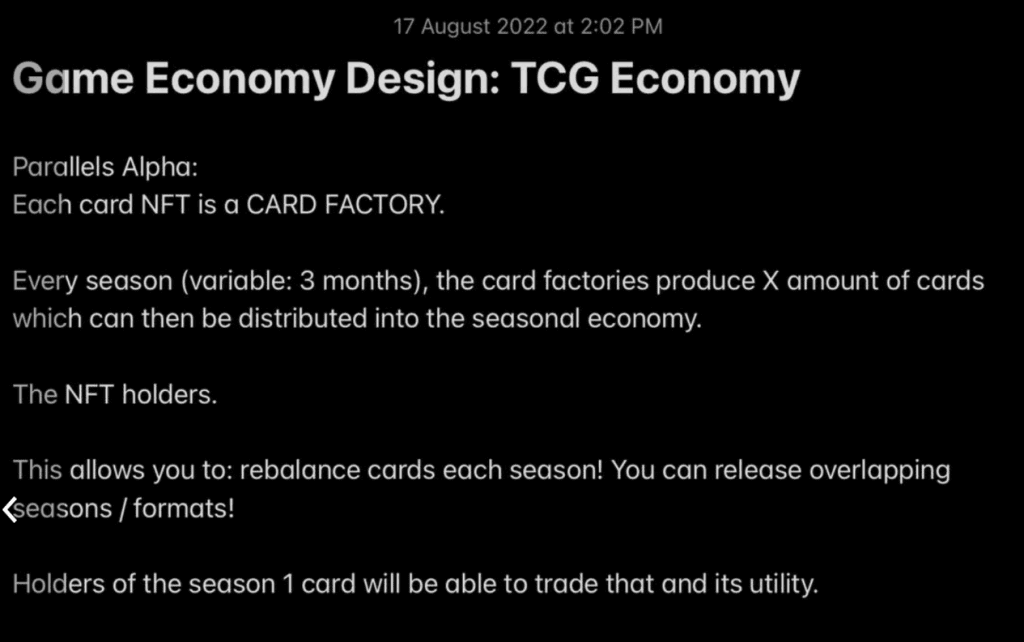
Verdict
Highlights compared to Free-to-Play
If you have to compare Free-to-Play and Free-to-Own, the only thing that can be pointed out is a more proactive user approach from Limit Break.
Leydon also said, “With Free-to-Play, developers spend a lot of time tinkering in the dark to deliver a product they’re not sure how users will perceive it. Then they put it on the market and hope that people will get excited and put money down.”
What Free-to-Own does is it reaches users immediately with a free ticket that allows them to make a profit and accompany the project in the future.
Also, a model that can be called risk-free at an early stage similar to Free-to-Play. However, Free-to-Own puts NFT in the hands of users right from the start. While Free-to-Play users will spend a lot of effort and time to be able to own 1 NFT in their hands, sadly the profit earned from these Free-to-Play NFTs is quite low for them. with many games.
Does Free-to-Own Make GameFi Sustainable?
Free-to-Own has indeed shown certain potentials and solutions in building a sustainable community with the right mindset.
However, the solutions mentioned above have not touched the core of the problem from the user side when most of the participants in GameFi have an investment mentality, the desire to make big profits, and a sustainable income.
Perhaps it will take more time for us to see the solutions that Limit Break brings to the story of sustainable capital flows as well as the inflation control mechanisms required to balance and maintain the economy. economic game.
If you have any questions, comments, suggestions, or ideas about the project, please email ventures@coincu.com.
DISCLAIMER: The Information on this website is provided as general market commentary, and does not constitute investment advice. We encourage you to do your own research before investing.
Lucian
Coincu Ventures








